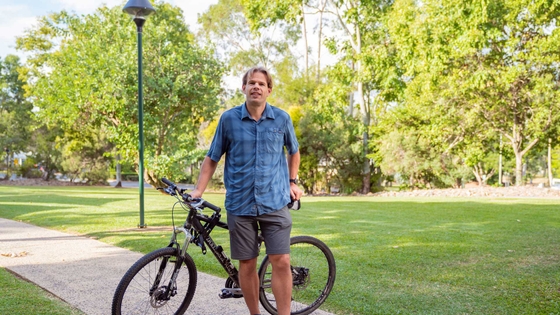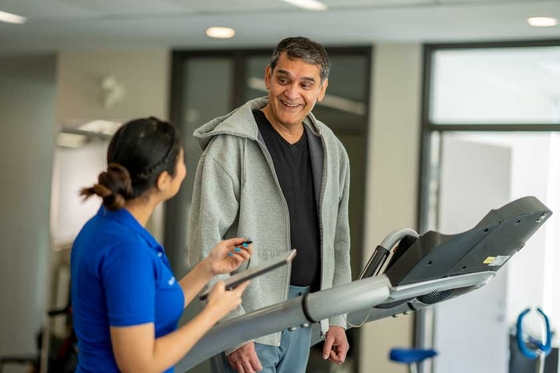Improving cardiovascular health through walking and cycling for transport
Associate Professor Verity Cleland, University of Tasmania
2020 Future Leader Fellowship
Years funded: 2021-2024
Despite decades promoting physical activity (PA) we have been unable to shift the prevalence of inactivity: since the 1980s, less than half of Australian adults have been active enough to prevent disease. Experts posit this is due to a predominant focus on leisure-time PA (e.g. sports, exercise), a reliance on cross-sectional evidence, and limited research translation into public health and cross-sectoral action. Contemporary approaches to PA promotion – where any is better than none – increase the likelihood of sustaining PA, particularly if anchored to established routines like daily commutes.
Yet PA related to transport (transport-related PA) – walking, cycling, public transport to get from place to place – has been underexplored in longitudinal, intervention and translational studies as an opportunity for building PA into daily life. Although national and international frameworks identify the public health importance of transport-related PA, key knowledge gaps remain: its contribution to cardiovascular health, how transport-related PA tracks (stays the same/changes) over time, the factors that predict/disrupt tracking, how to increase transport-related PA, and how to implement and scale-up effective strategies. To harness the potential of transport-related PA, this research program aims to fill these evidence and practice gaps through three distinct but inter-related phases, building on my Level 1 Future Leader Fellowship and recently funded research successes.
The first phase is fundamental research to deeply understand transport-related PA and its impacts on cardiovascular health. The second phase builds on this by testing the merits and affordability of an incentive-based intervention to increase transport-related PA. The third phase works with stakeholders to ensure translation of interventions into policy and practice. Early findings suggest that around half of bus users in Tasmania are willing to walk further to a bus stop, and those people are willing to walk around 500m extra, increasing physical activity by up to 50 minutes per week. Collectively, this research program will inform strategies to increase PA, and so reduce the cardiovascular disease burden on Australians.
You might also be interested in...

Q&A with Professor Corneel Vandelanotte
Developing and delivering physical activity interventions using chat-bots

Dr Dorothea Dumuid
Moving Beyond More: Towards a healthy balance of physical activity, sedentary behaviour and sleep

Lifestyle management
Lifestyle advice and referral programs to help reduce CVD risk. Physical activity and a heart-healthy diet can help manage CVD risk factors such as high blood pressure, high blood cholesterol, obesity and diabetes.
Last updated12 March 2024